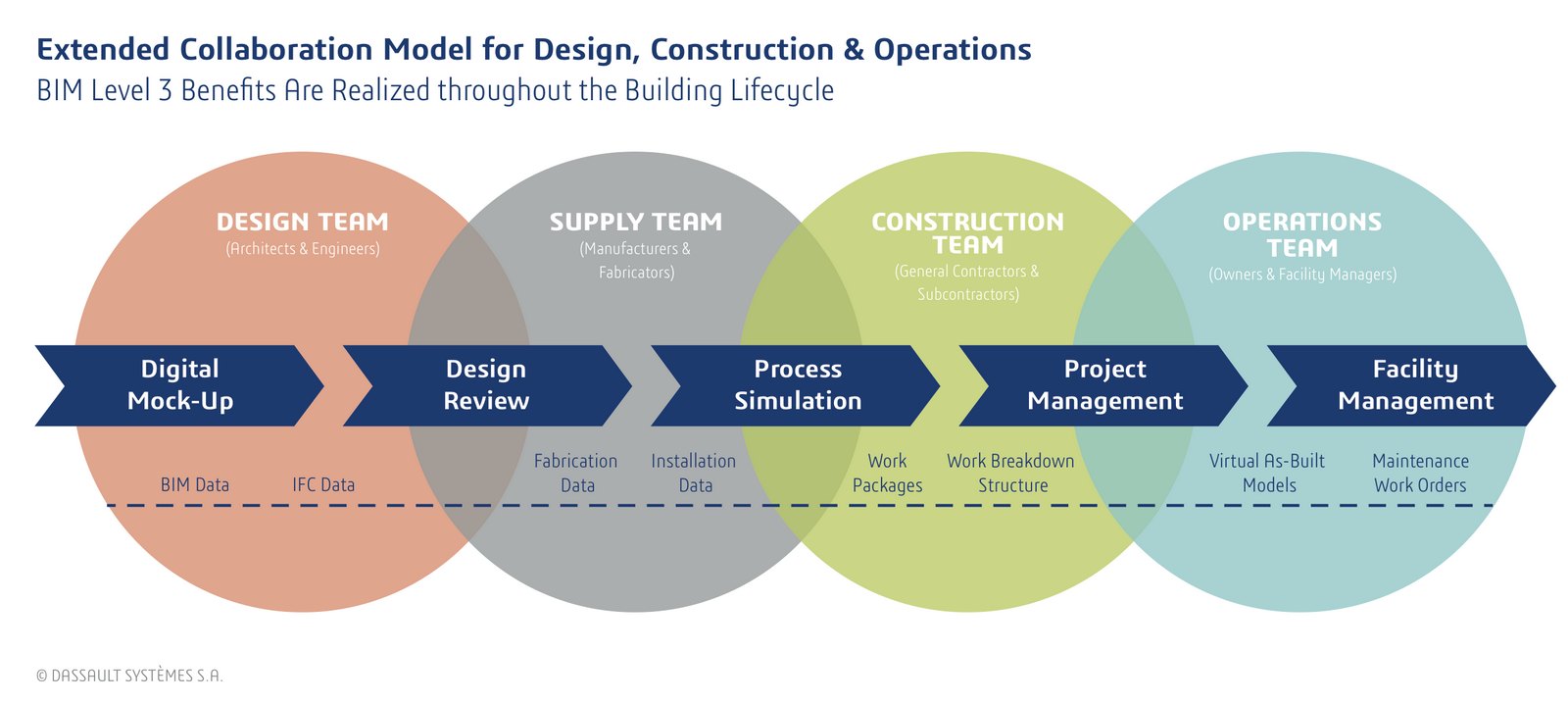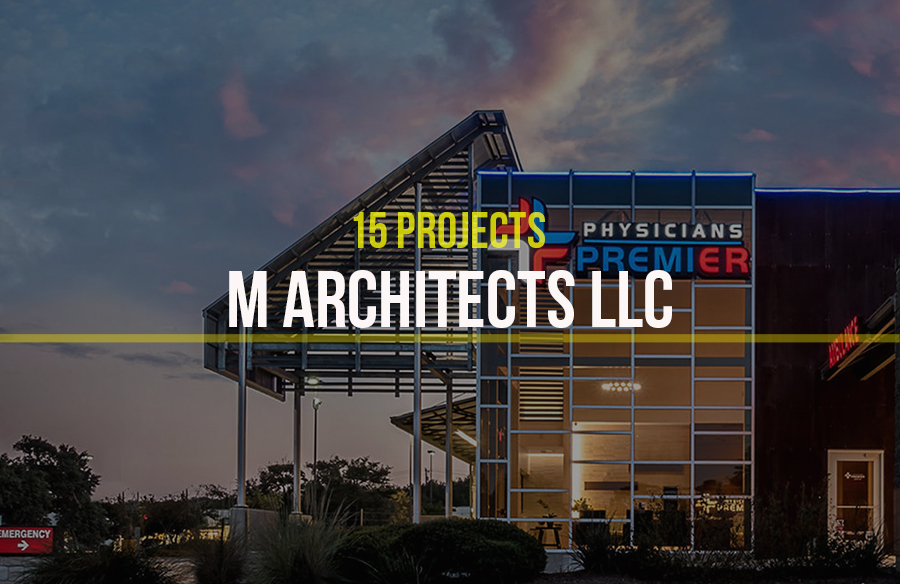BIM when introduced as a tool, a process that helped the organization in construction and maintenance of the building in an effective way, but now BIM itself is becoming an industry that is expected to rule over the construction industry. But with many advantages, there are some faces where BIM fails or has a low response.
In the last few decades, BIM flourished in the construction industry and is largely used in almost all complex projects in the developed country. The organization using BIM, have seen an increase in productivity, better resource and project management, etc. BIM when introduced as a tool, a process that helped the organization in construction and maintenance of the building in an effective way, but now BIM itself is becoming an industry that is expected to rule over the construction industry. But with many advantages, there are some faces where BIM fails or has a low response.
1. Software cost too much
BIM is not just a software but a workflow which is run by various BIM software at different stages for different functions. Software like Revit, ArchiCAD, etc are used for BIM modeling and project scheduling, Navisworks is used for clash detection, etc. These software costs are higher than the software not with BIM features. Recently a group of 17 leading architects complained to Autodesk, regarding the high price and lack of developments in Revit.
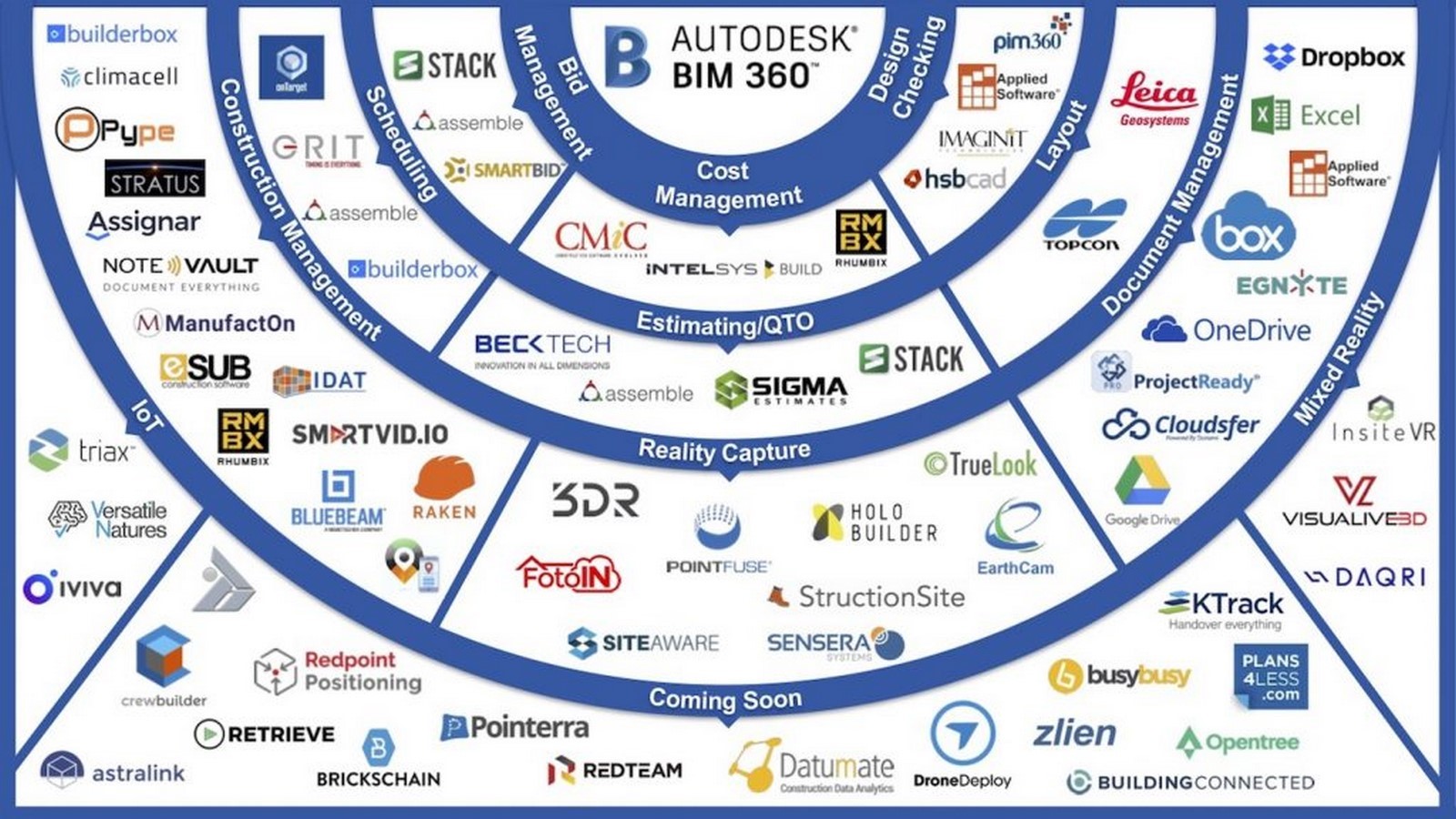
2. Small scale projects don’t require BIM
Many small-scale projects have used BIM and proved to be an effective step. But the studios which work on small scale projects can’t afford high price BIM software and economically it doesn’t support them. It is seen that most of the complex and large-scale projects like transportation design, skyscrapers, and city development use BIM and BIM proves to be useful in structural designing, simulations, and clash detection.
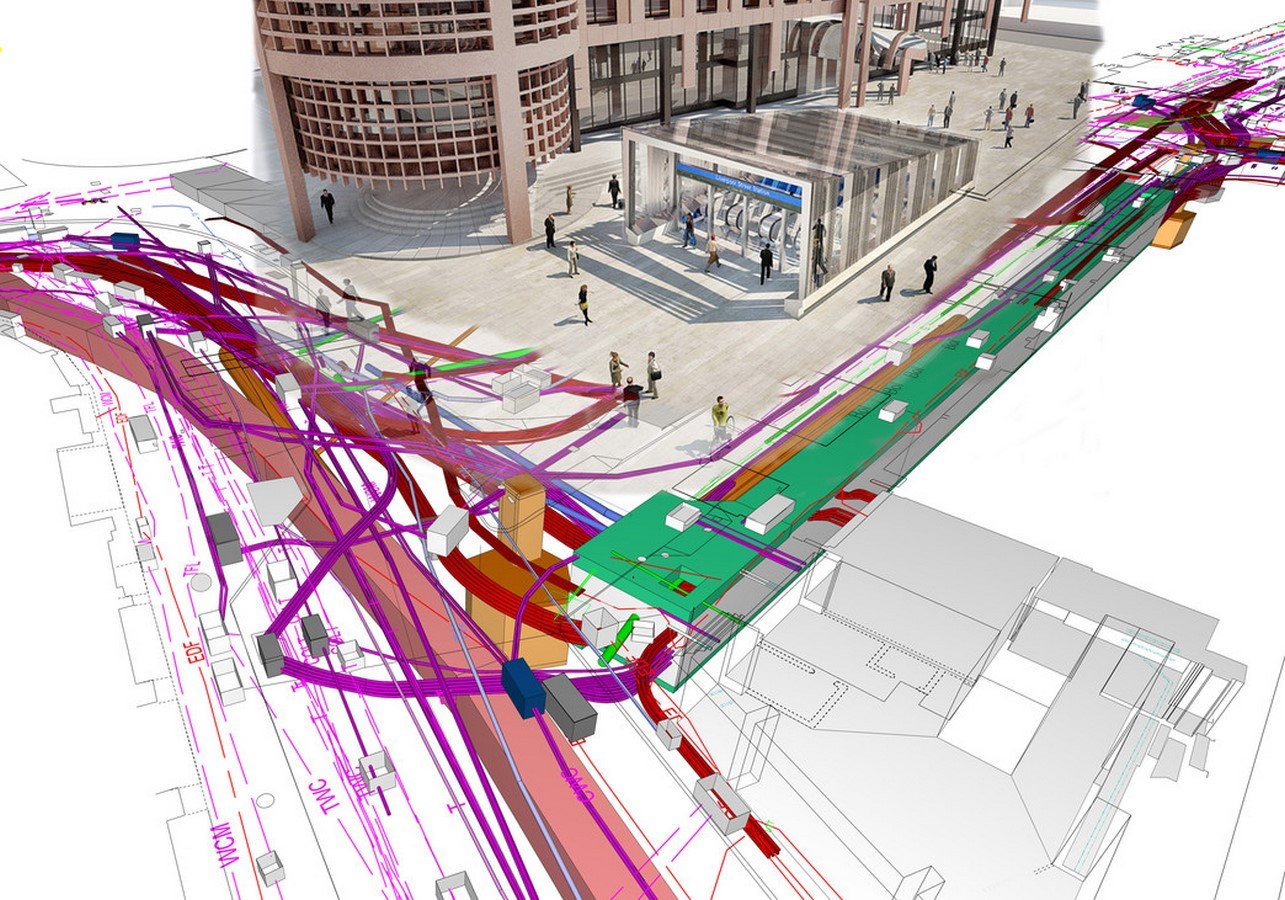
3. Lack of professionals knowing BIM
To implement BIM for a project by a studio, the studio must prepare team members with proper roles. That team will maintain the model and also look after the execution during the construction process. As these professionals are very less in number in developing countries and training the professionals also costs lots of money and time. The lack of professionals and training problems must be addressed by the BIM software company so that everyone could enjoy the benefits of BIM.

4. The decrease in productivity of organization at initial phases
When it comes to the execution of BIM in a project, the studio may face a decrease in productivity due to cost problems and there may be problems in implementation, as it’s a new workflow and time takes to switch from traditional to the modern one. This is also a factor that studios fear, as it may end up with a bad impression of them on the market. But in the long run, BIM software proves to be efficient and highly productive.
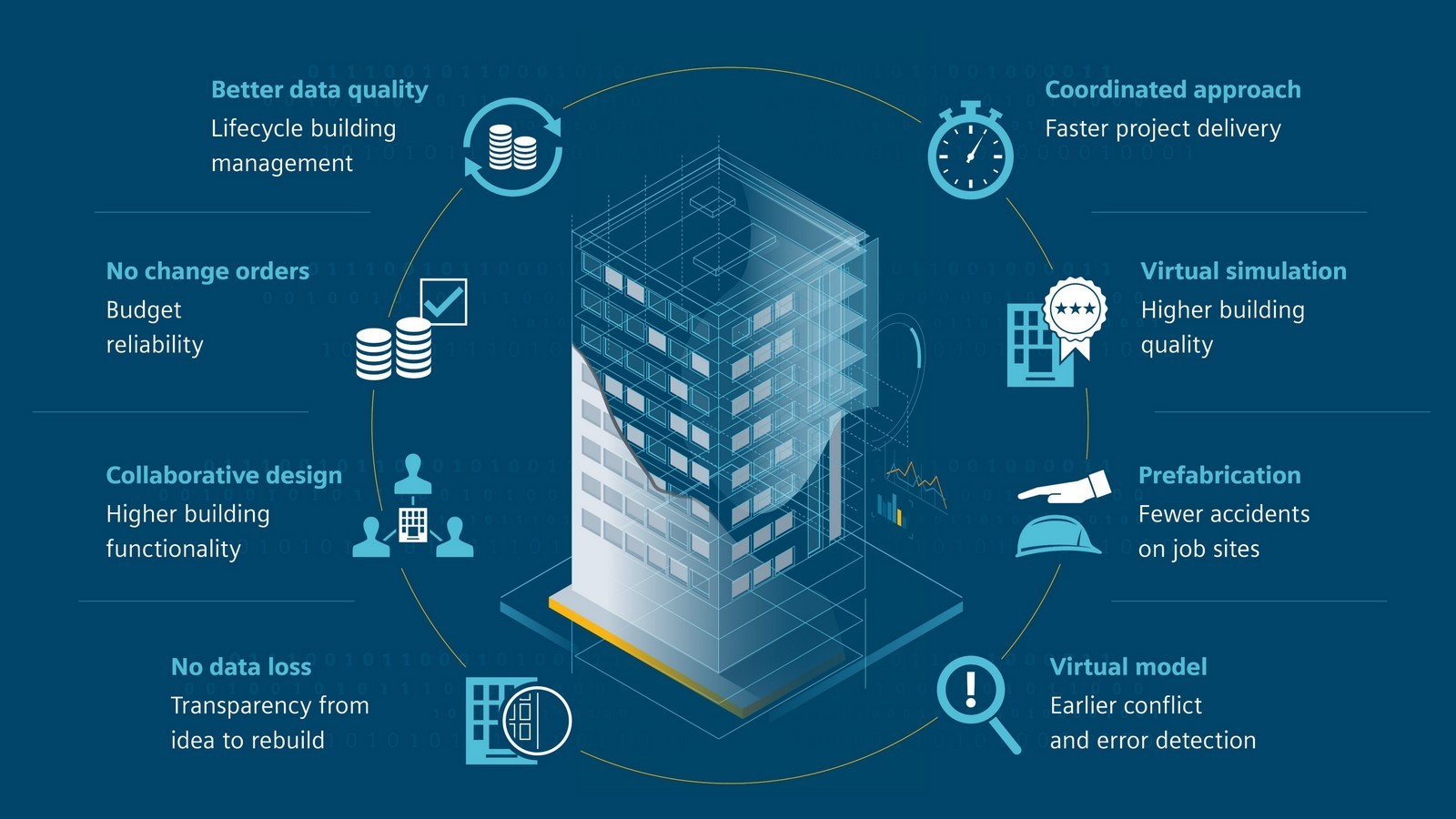
5. The pre-construction phase takes more time
BIM is a process that starts from the design phase to construction to maintenance and even demolition. The detailed model and the steps of construction are determined and made before the construction starts, to detect clashes and also look after possibilities during construction. This whole process requires a large amount of time and if there is a lack of collaboration between professionals, then more time is required to finish the pre-construction modeling. Though BIM modeling reduces the time of construction from many aspects and proves to be effective.
6. Detailed information for a higher level of LOD is not usually present at the pre-construction stage
In the pre-construction stages, the detailed model of the project is prepared. Sometimes, due budget problem or contractor problem, the final accessory which will be required in the building is not fixed. In that case, the higher levels of LOD can’t be built or may be useless as compared to project development on site.
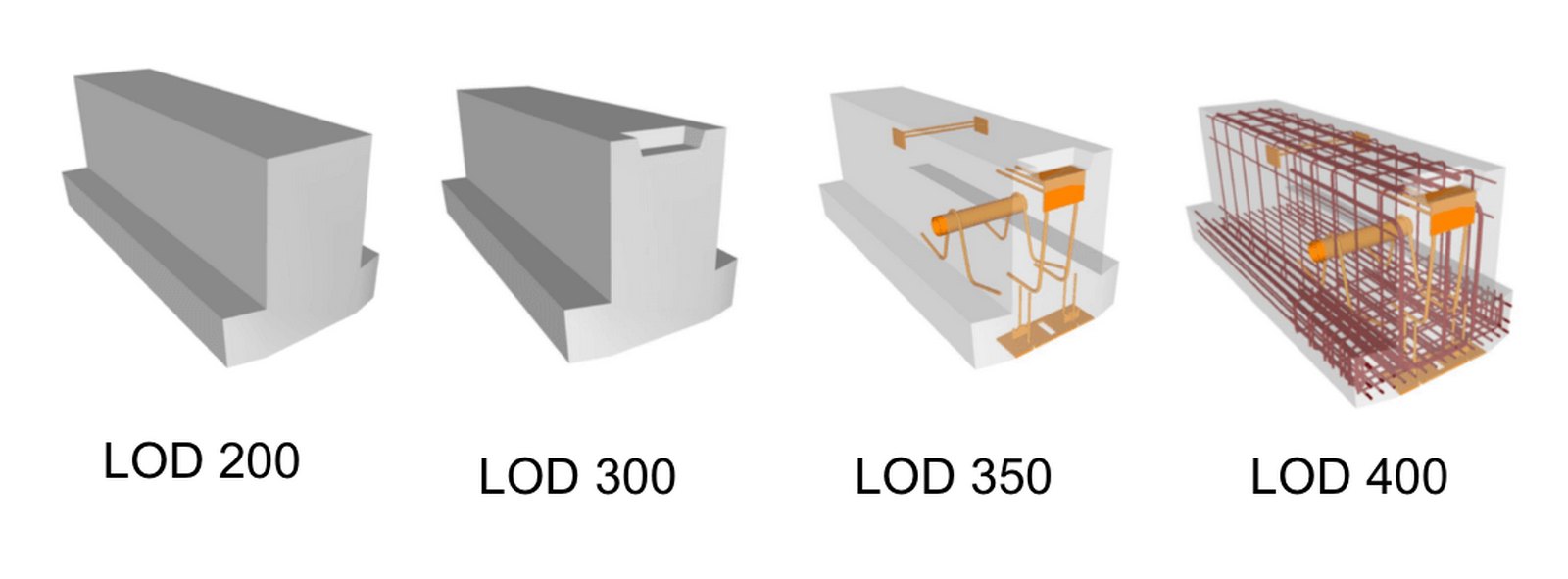
7. Incapability between partners are observed
As BIM is not used widely in some countries, there may be a communication problem that arises between different sectors. This leads to delay in work and a lowering of productivity. While selecting the persons from the various sectors, the BIM manager must choose wisely and look after communication between the various sectors involved in the project.
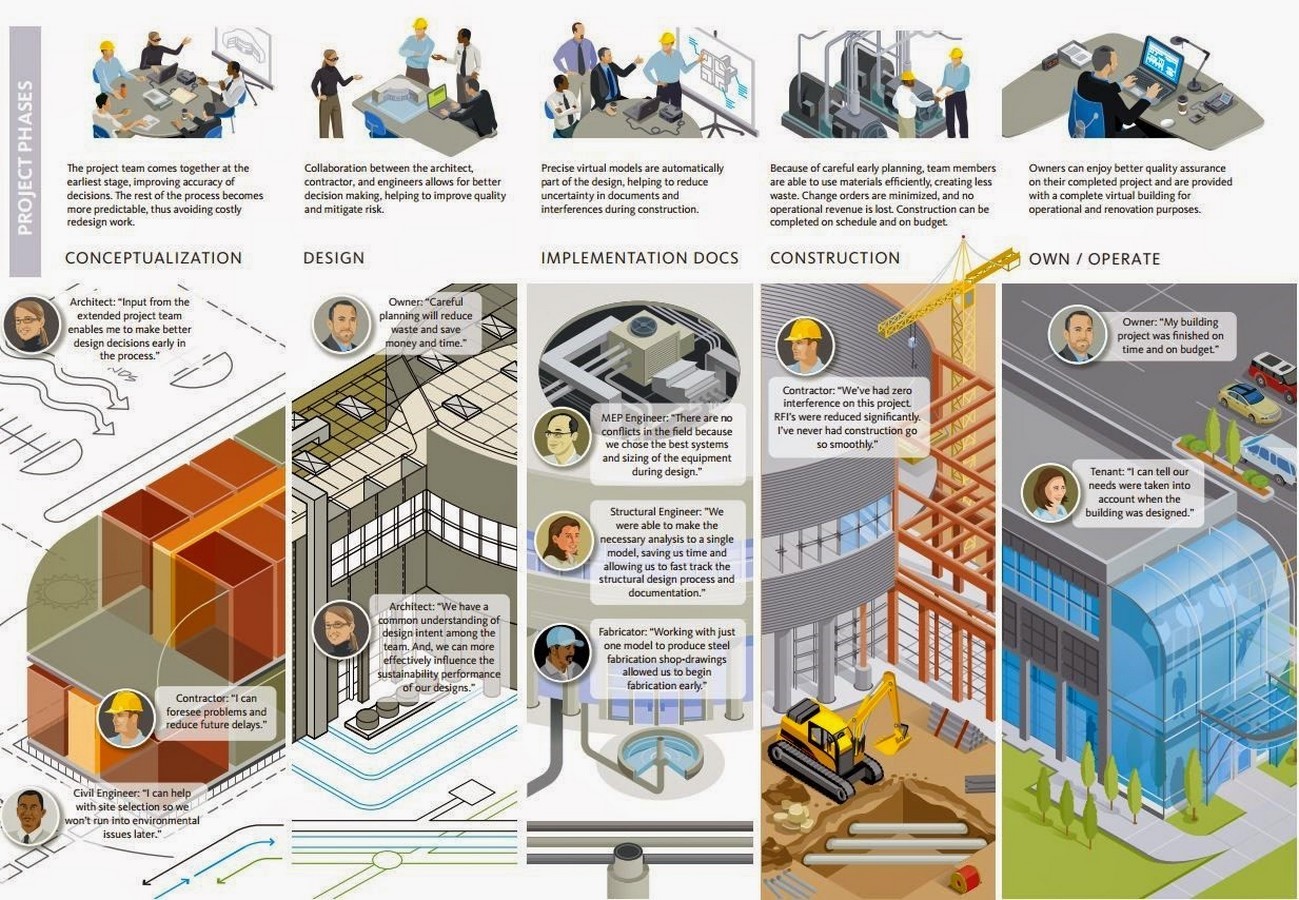
8. Authorization problems cost a lot
As the incapability of various sectors arises in the BIM model, sometimes problems arise in the sectors that can alter the BIM model. As various sectors work on a BIM model at a time, the BIM manager must look after the workflow and the sectors altering or giving suggestions to alter. Once the workflow gets set up properly, the tasks become easy and the development of the BIM model becomes faster.
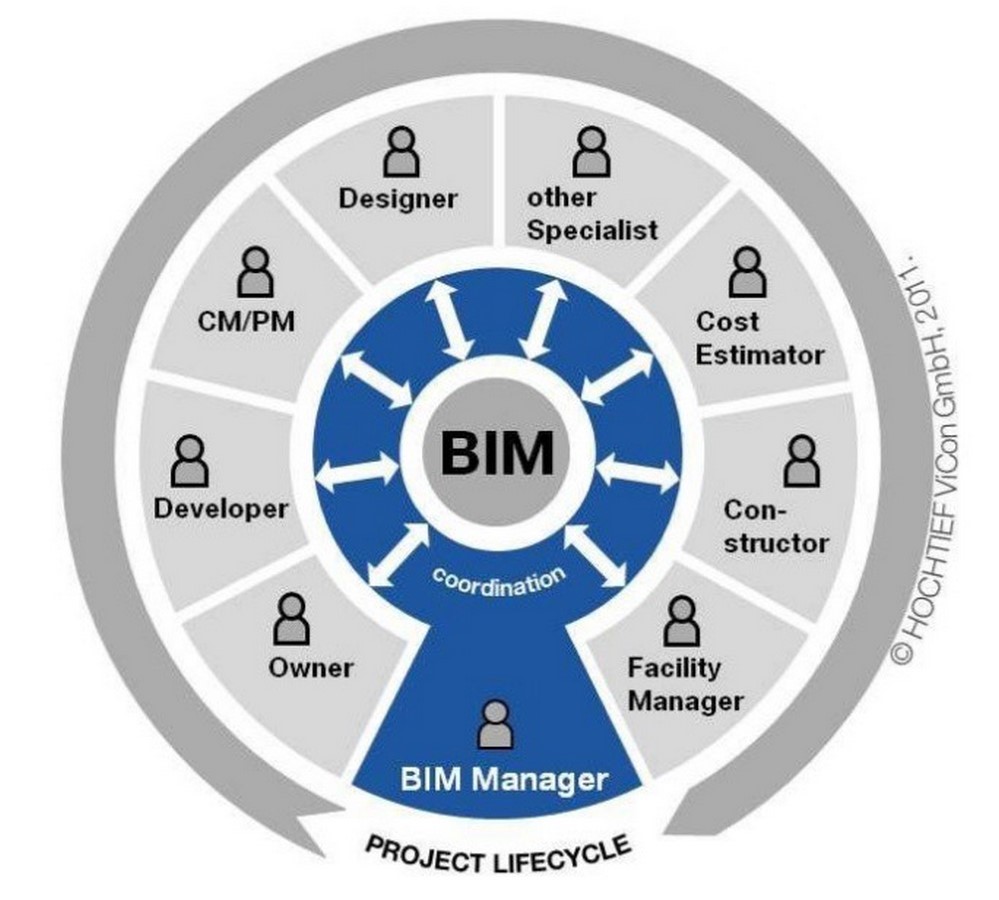
9. BIM is not accepted legally
Though BIM is developed and has certain rules and regulations, still insurance policy doesn’t recognize BIM as mainstream and no laws are made to regulate the risk and funding of BIM models. This is also a reason why studios don’t switch to the BIM model quickly and the clients don’t fund BIM models.
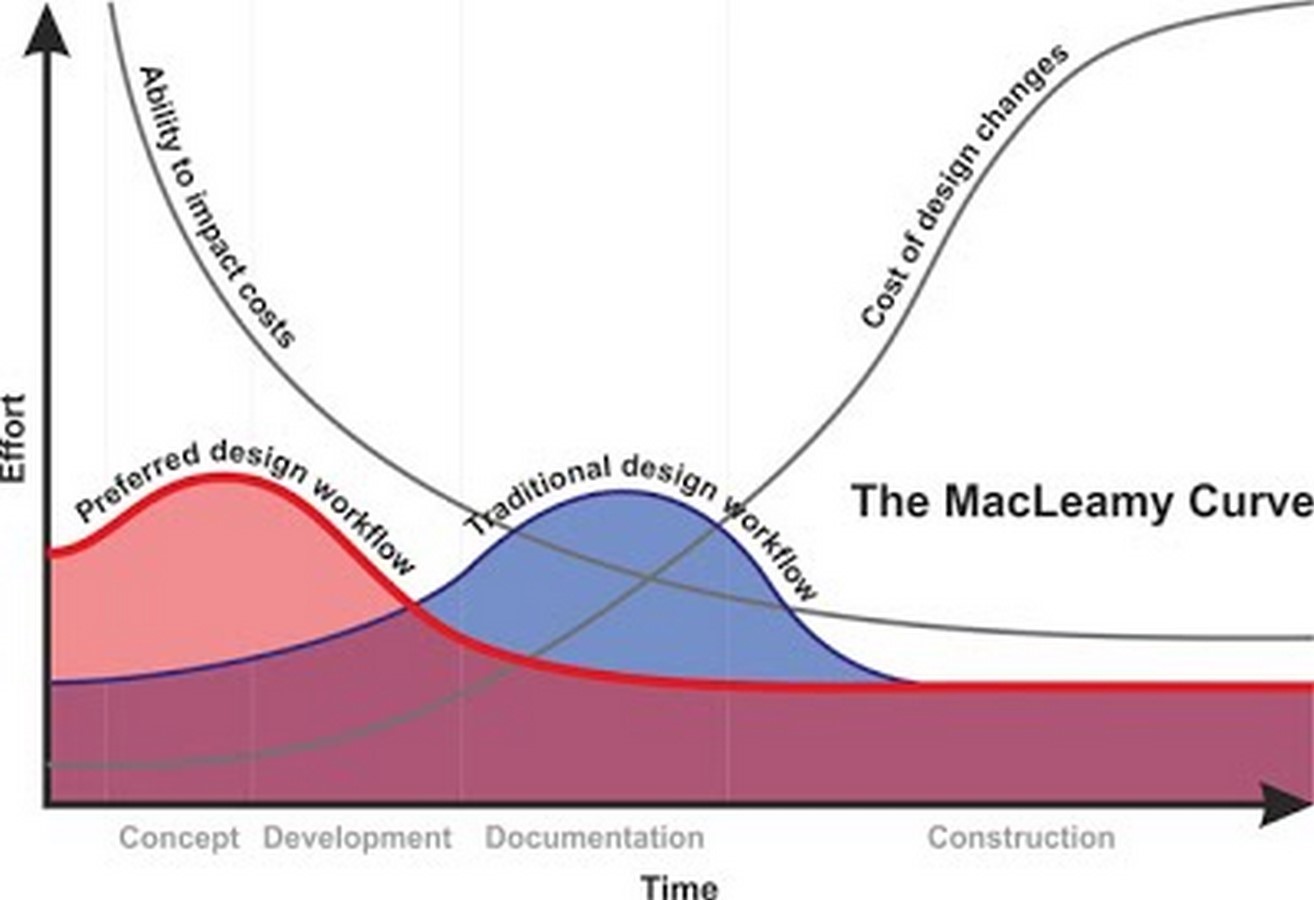
10. BIM doesn’t address onsite execution problems
Onsite problems like budget change based on the cost of materials in the market, quality control of materials on-site, site coordination, and safety measure are some of the issues which are not addressed and not developed. Though BIM is modifying day by day and AI is also coming to the limelight and in the near future, BIM will be a more powerful tool than it is today.
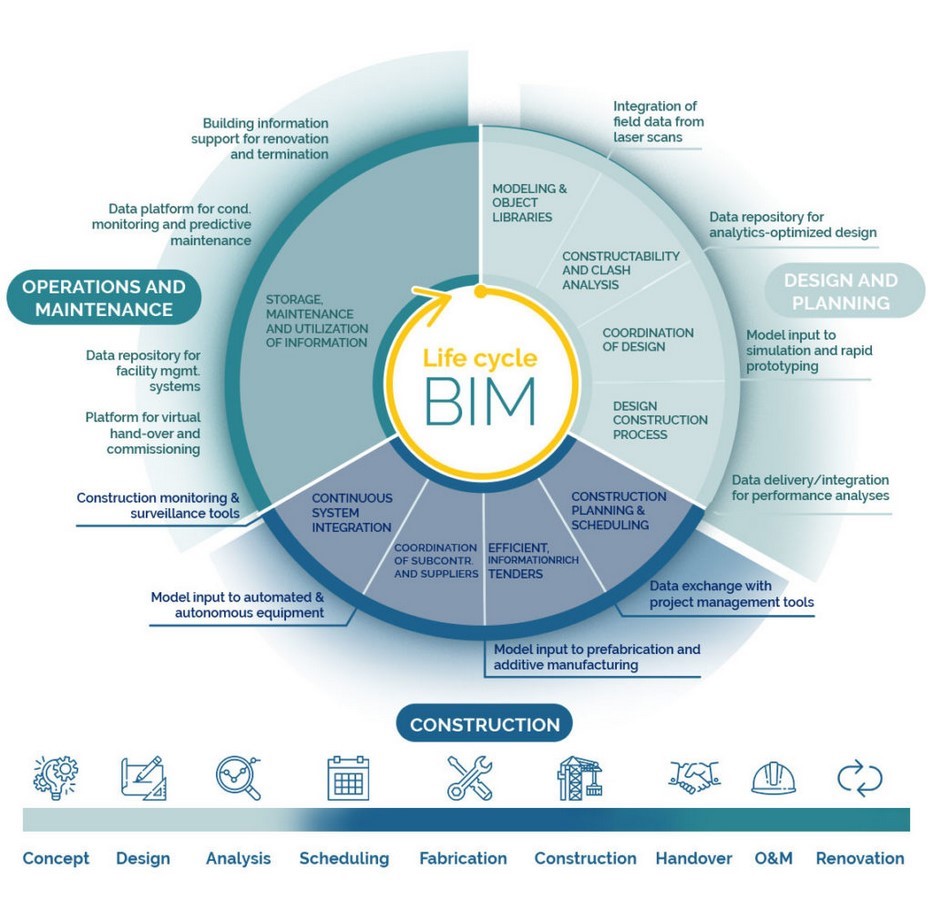
BIM is flourishing over time, the advantages of using BIM are far more productive than its flaws. Just like all atomic models developed are not perfect, BIM needs to be updated as per our requirements. BIM is also under development and is being modified every year to tackle problems.








